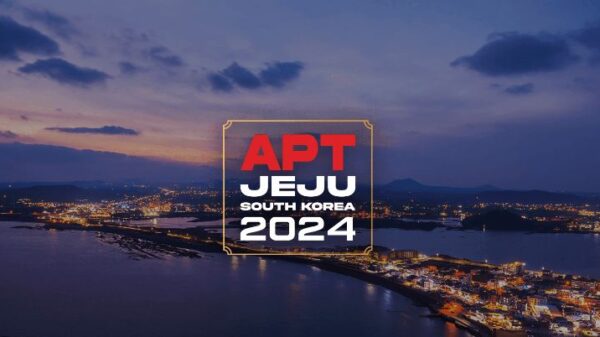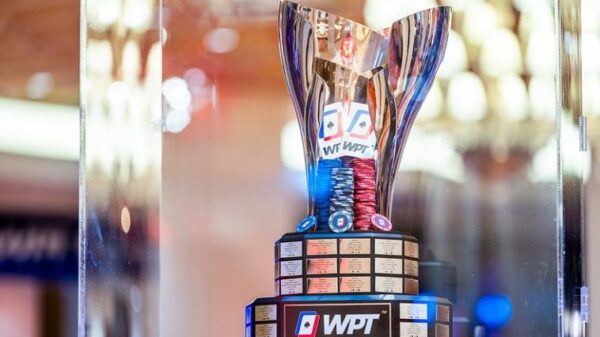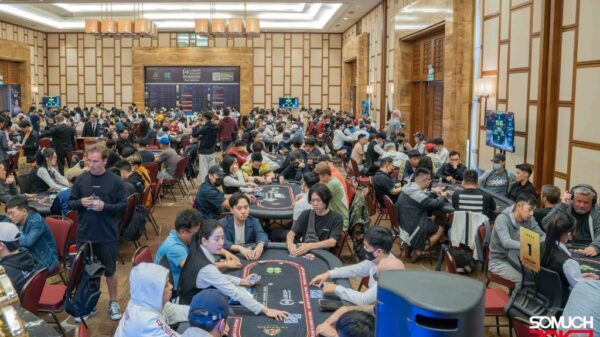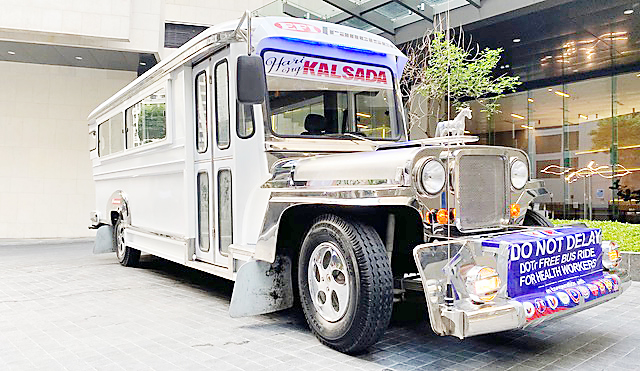What is a modern jeepney? If you ask Elmer Francisco, scion of the famous jeepney makers of Las Piñas and who now heads Elmer Francisco Motor Corporation or eFMC, it must still have the features that made it the country’s most popular form of public transit.
We’re talking about a long hood, usually embellished with metal horses and stainless steel antennas; two long benches on each side with the passengers facing each other; and attention-grabbing designs with exterior surface that has ample space to accommodate artworks.
Most importantly, it must still be assembled by Filipinos.
Francisco said that the jeepney has long been associated with the Philippine public transportation, the way bullet trains have been associated with Japan or the double-decker buses with Great Britain.
“Even its modern iteration should retain these features as jeepneys define us. The jeepney is part of our culture, a symbol of the enduring spirit of the Filipinos and their sense of fellowship,” he said in Filipino during a recent online presentation.
He is proud of how Francisco jeepneys have retained most of the features of the older generations that his father, Jorge “George” Trinidad Francisco, pioneered in the late 1940s.
“The body is still made up of sheet metal and stainless steel, lovingly shaped and assembled by our craftsmen. To conform to today’s safety standards, the door at the rear, while still there, will only be opened to help passengers using a wheelchair (a retractable ramp will be used for their access).
“The main door, which is now electronic, is located at the right side of the driver (this also means no more front-facing passengers). There’s an aircon, a CCTV, among other modern amenities. While the seats could accommodate 30 — 15 on each side — the high ceiling would now allow eight more to stand comfortably inside. We designed the ceiling height so that a person up to 5’9” in height could stand comfortably,” described Francisco.
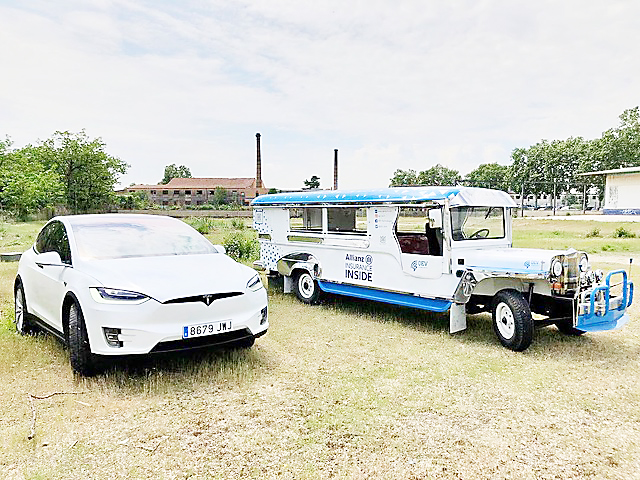
EARLY version of eFMC’s electric modern jeepney placed side by side with a Tesla Model 3, one of the world’s best-selling plug-in electric cars.
New ‘engine’
As for the “engine”, Francisco said that while the company is allowed to put Euro-4 and Philippine National Standards-compliant internal combustion engines, he opted for a 100-percent electric power source. It has a fast-charging lithium-ion battery pack which enables the jeepney to travel up to 100 kilometers on a single charge.
So technically, Francisco jeepneys are now e-jeepneys.
“For decades, the iconic jeepneys have served as the backbone of Philippine public transportation. But times are constantly changing, and the need for cleaner, more efficient alternatives is becoming increasingly clear,” he explained.
Francisco partnered with Tembo E-LV, a pioneering EV company that focuses on designing and building ruggedized EV solutions for various sectors, to supply the needed conversion kits for eFMC’s next generation of jeepneys.
A Tembo E-LV kit contains all of the parts to convert a vehicle (like Francisco jeepneys) from internal combustion engine to electric, which include batteries, an e-motor, a reduction box, a charger, software, and many other components that make a converted vehicle function safely and seamlessly.
Francisco said he is looking forward to the first set of orders that are now being converted. This is part of the 37,000 jeepneys that Francisco said will be electrified.
Completing its iconic look are the hand-painted murals depicting everything from own family members, religious images, popular characters and tourist spots. “Or if they want, owners could place advertisements that could generate extra revenue.”
Naga facility
In 2019, Francisco set up an electric jeepney manufacturing plant in the Larap Integrated Development Ecozone Project, an ecozone in Jose Panganiban, Camarines Norte. The family’s original property in Las Piñas, where the old plant stood, is no longer in operation, and has been leased out.
Francisco said a lot of people believe that the jeep should be phased out, but for him, the street icon could still be reinvigorated to serve a new purpose.
“With Tembo supplying the conversion kits, we have a global partner that has already been successful in more than 50 countries. The partnership allowed us to make our e-jeepneys more affordable.
“While others offer their version of modern jeepneys from P1.4 million to P3 million, depending on the unit, ours is just P985,000 for the first 1,000 units that we will make (on a first come, first served basis),” explained Francisco.
He added that for those who will order, there is a P50,000 reservation fee (with the remaining balance standing at P935,000).
But with the P280,000 equity subsidy coming from the Department of Transportation, the balance then is adjusted to P655,000.
“Through our zero-interest in-house financing or P20,000 x 32 months (P640,000), the buyer only needs to pay P15,000 a month plus P15,000 on the 33rd month (zero balance).”
While a number of cooperatives have already availed themselves of these offers and with delivery of the first batch happening by the second quarter of this year, Francisco noted that other interested parties must first access https://jeepney.io to create a free account and be able to proceed with the purchasing process.
There are more than 200,000 jeepneys on the road in the Philippines, of which more than 90 percent are at least 15 years old and running on second-hand diesel engines.
In urban areas, jeepneys contribute up to 94 percent of ultrafine soot particles that are related to adverse respiratory and cardiovascular effects, increased cases of asthma and premature deaths.
It’s about time our beloved jeepneys made an upgrade.











